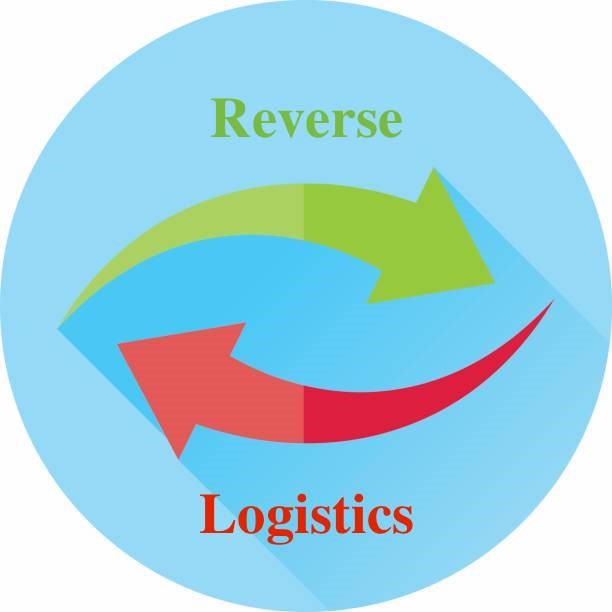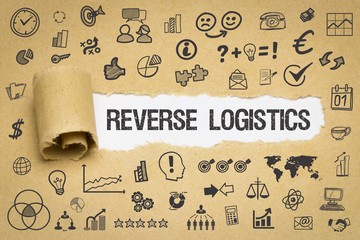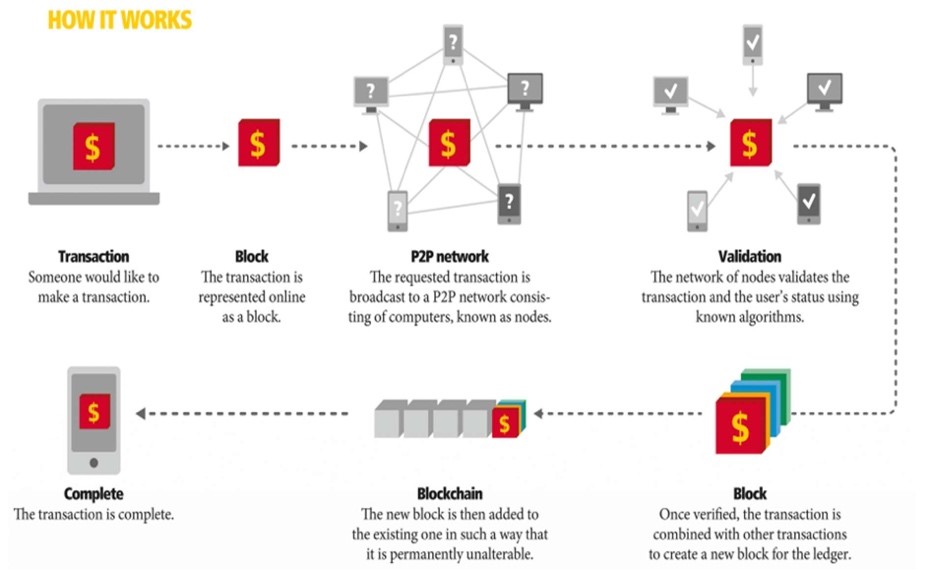
Introduction
Many SMEs (small and medium enterprises) now make use of reverse logistics to some degree as they work with omni carriers and shippers and service providers. Many end-to-end processes are involved with reverse logistics, including omnichannel logistics warehouse management, real-time shipment tracking, innovative communication options, integrated technology, and smart supply chain tools and platforms.
The benefits gained, such as resource management, profit margin increase, and increased customer satisfaction, are prominent within any company that maintains reliable reverse logistics management within the supply chain.
From a supplier point of view, reverse logistics aims at dealing with leftover products, waste, raw materials, and returned goods that are not required by end customers. Environmental concerns are strictly linked to customers’ demand for more sustainable products and economic benefits since a returned item can easily be sold instead of producing a new one from raw materials (D’Amico, E. D. 2021).
Here experts will cover the latest innovations mainly used to gain a competitive advantage within the marketplace. When executed correctly, these innovative technologies allow companies to scale rapidly.
.

How Omnichannel Logistics Warehouse and Logistics Management Helps Reverse Logistics
SMEs often outsource to professional supply chain companies that make use of these technologies. SMEs can experience the benefits of rapid scalability while keeping investment costs low. It also provides better resource management. In this article, we will zoom in on the popular innovations that are helping to shape omnichannel logistics warehouse operations and logistical processes.
According to D’Amico, E. D. (2021), An implementation of technologies such as IoT (Internet of Things) and blockchain would allow for improvement in the functionality of reverse logistics. Everything from warehousing to shipping management to inventory logistics all can be improved with the right tools and technology. Every step in the process will carry positions of power unique to the individual supply network, meaning management and insight is more important than ever.
Although these technologies can be expensive to implement and require much expertise, they offer possible solutions, especially with RFID (Identification tags usable on products). Traceability, transparency, and prediction are the main benefits of a Smart Reverse Supply Chain (SRSC).
All this can easily be accomplished with innovative technologies, tech stacks, and new ways for omni carriers and shippers to embrace digitalization and automation. In the end, this translates to higher profits, lower costs, fewer fraud management concerns, and improved productivity overall.
Internet of Things (IoT)
The IoT describes a network in which every physical product has a virtual identity and is linked to a connection. It represents one of the main pillars of the revolution of the omnichannel supply chain.
The IoT is the key that allows omnichannel logistics warehouse objects, such as tracking and monitoring barcodes, tags, or sensors, to communicate with each other and humans. The holistic connection created a synergized network that allows streamlined data transfers on a large scale.
IoT is used within many supply chain aspects nowadays. Inventory management is a frequently used aspect. As soon as the quantity falls under an established number, a reorder can be automatically processed using RFID in a virtual cloud.
According to industry experts, the structure of IoT for omni carriers and providers is based on four layers of services that focus on the proper disposal of products and materials and the overall management of reverse supply chain logistics. These are:
- Data storing (RFID) initiated at the point of origin
- Communication between involved parties
- Services focused on smart contract and logistics
- Display data and share information effectively
IoT is able to bring remarkable opportunities to reverse logistics and provide valuable resource leveling power and insight into the logistics of this unique logistical flow. The information infrastructure is strongly improved by establishing a connected network of products (Gar-2020).
Blockchain
Blockchain can be defined as a digital technology that facilitates the recording of transactions and allows for the traceability of a resource.
The resource type can vary between physical (e.g., cars) or abstract resources (e.g., patents or cryptocurrency). This is especially true with cryptocurrency, blockchain allows the record of every transaction and helps fraud management.
The main concept stimulates the idea of handling information in a decentralized way. Private blockchains and public blockchains alike can help improve supply chain returns process management. The information is supported by the collective instead of by a single entity, improving its resilience and impact overall.
When it comes to supply chain and reverse logistics management, blockchain digital currency and processes can be used to improve the chain in multiple ways. The decentralized structure allows every logistics member to keep real-time track of a product and increases the data’s reliability (Zhu-2019). The transparency enabled by blockchain increases the security of trade.
This security is a valuable element needed in any resilient supply chain. In addition, blockchain allows networks to streamline their transaction process as it can remove intermediate steps from the transactional process. This reduces costs and time, ultimately improving the supply chain.
The figure below clearly illustrates the blockchain process as it relates to omnichannel logistics warehouses and returned products management.
The figure below clearly illustrates the Blockchain process.

Figure 1. (The Blockchain process) D’Amico, E. D. (2021, October 10).
Boost Omnichannel Supply Chain Reverse Logistics Today
Bringing together omni carriers and shippers and service providers is an integral part of reverse logistics management. Would you like to know more about these innovative technologies and how to master the reverse logistics process for your business? The answer to better supply chain management and returns logistics is right here.
It is easy to boost project management processes and develop effective reverse logistics when you have the tools and technology at hand. Let the industry leaders demonstrate how easy returns management can be with the right resource management software and the latest innovative tools in play. Contact a ModusLink expert today to get started!
Bibliography:
D’Amico, E. D. (2021, October 10). ResearchGate. ResearchGate. Retrieved November 6, 2021, from https://www.researchgate.net/publication/354551628_Analysis_of_Challenges_and_Potentials_of_Reverse_Logistics
Jenkins, A. (2021, April 5). A Guide to Reverse Logistics: How It Works, Types and Strategies. Oracle NetSuite. https://www.netsuite.com/portal/resource/articles/inventory-management/reverse-logistics.shtml
Marchese, K. (2021, October 29). Supply Chain leadership. Deloitte United States. https://www2.deloitte.com/us/en/pages/operations/articles/supply-chain-leadership.html
Niroomand, I. (2021, August 31). The importance of reverse logistics in your supply chain network. Kinaxis. https://www.kinaxis.com/en/blog/importance-reverse-logistics-supply-chain-network
Reverse Logistics – Rhenus Netherlands. (n.d.). Rhenus. Retrieved November 6, 2021, from https://www.rhenus.com/en/nl/our-solutions